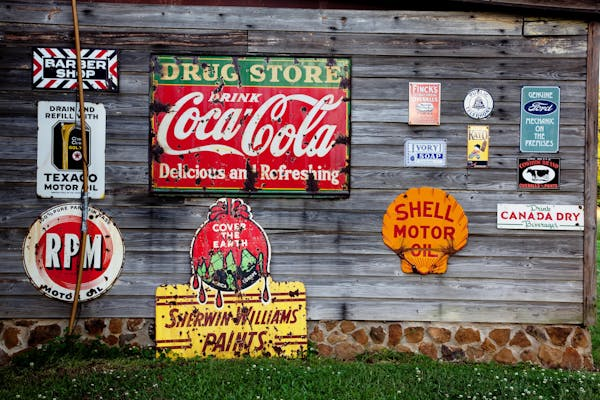Ever wondered why Spotify Wrapped trends every year? Or how Netflix knows exactly what you want to watch next? These brands have cracked the code to personalization—at scale. And it’s not magic; it’s a combination of data, strategy, and creativity.
1. Start with Smart Data, Not Big Data
Collect data that matters—purchase history, interactions, and preferences. For example, Netflix uses viewing patterns to suggest shows, retaining 90% of subscribers, far above the industry average. Instead of overwhelming yourself with every metric, focus on insights that guide decision-making.
2. Don’t Just Segment—Hyper-Segment
Spotify doesn’t group users by age or location—it analyzes their listening habits to create micro-segments. This level of personalization turned Spotify Wrapped into a global phenomenon that generates 3 billion social impressions annually.
3. Leverage Automation, But Keep It Human
Automation isn’t about spamming inboxes. Done right, it can feel personal. For instance, Sephora’s email campaigns offer tailored product recommendations based on past purchases, boosting click-through rates by 50%.
4. Tell Stories That Reflect Your Audience
Successful campaigns speak the language of their audience. Duolingo’s TikTok antics resonate with Gen Z, driving over 3 million downloads monthly, proving that relatable content wins over generic messages.
5. Iterate, Improve, Repeat
Personalization isn’t a one-and-done effort. Use feedback to refine your approach. Brands like Amazon continuously tweak their algorithms to keep recommendations fresh and engaging.
Scaling personalization is no longer optional—it’s the key to staying relevant. Follow the data, prioritize authenticity, and let your audience feel seen.
